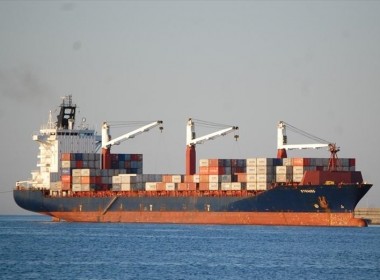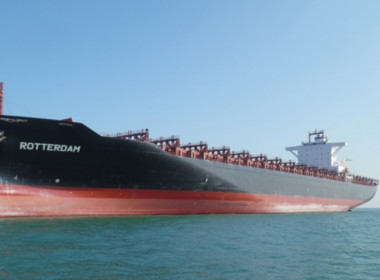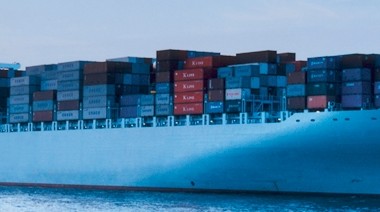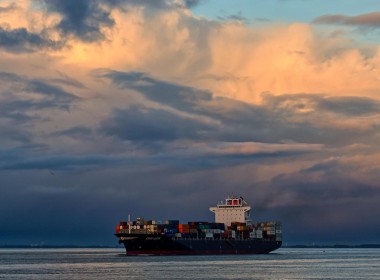Flawed propeller blade led to loss of propulsion on containership

A containership’s propeller blade cracked leading to a loss of hydraulic oil and propulsion while transiting the Pacific Ocean in an incident that occurred on August 11, 2022, the US National Transportation Safety Board (NTSB) said earlier this week.
The investigation found a blade on the vessel’s controllable-pitch propeller system did not meet manufacturer design specifications.
The containership Maunalei was travelling to Portland, Oregon, from Anchorage, Alaska on the said date for drydock repairs when the crew intentionally shut down the main engine due to problems in the controllable-pitch propeller system. This then resulted in a loss of propulsion about 245 miles (394 kilometres) from the entrance to the Columbia River near Portland.
The vessel’s controllable-pitch propeller system may have lost up to 1,632 gallons (6,177 litres) of hydraulic oil. Damage to the vessel was estimated at US$3 million.
Upon drydocking, a third-party company found the cracks and fractures at the base of the number four blade of the five-bladed propeller, where the blade was bolted to the propeller’s hub. The cracks initiated at the blade’s bolt hole counterbore radius and were consistent with progressive cracking due to high cycle fatigue.
The company found the number four blade did not meet manufacturer design specifications for engineering, material, and chemical composition. The bolt hole counterbore radius was 0.2 mm smaller than the required 0.8 mm. It did not meet materials specifications for impact toughness, tensile, and yield strength or percent elongation, and the silicon content exceeded the specified minimum.
Investigators found the crack and fracture that developed on the number four blade was likely an isolated occurrence, as the blade did not meet specifications and a manufacturer’s analysis of other five-bladed, controllable-pitch propeller systems on similar vessels did not identify any other instances of cracks.
Following the loss of propulsion, the blade manufacturer revised the internal radius requirement—enlarging it—for all seven-bolt hole counterbores to improve fatigue fracture resistance.







